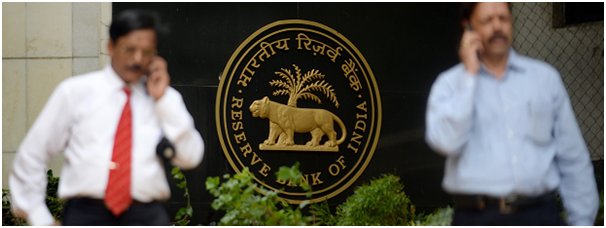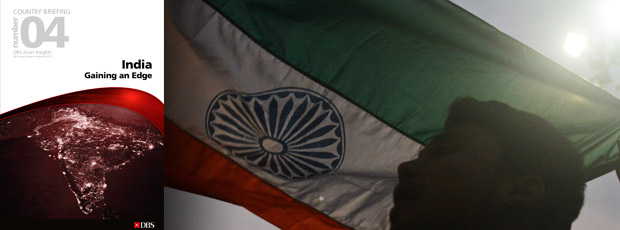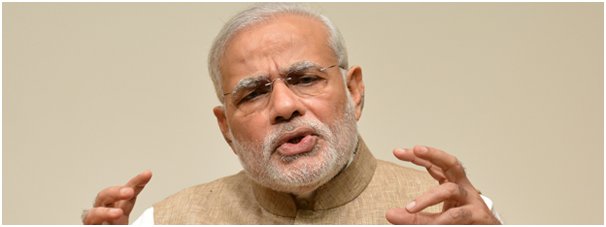4/8/2015
India / Economics

We believe the RBI will assume a data-dependent stance and proceed cautiously, while pushing for rate cuts to be passed on to the real economy.
The Reserve Bank of India’s (RBI) policy review on Tuesday did not surprise as it held the repurchase rate steady at 7.5% after two off-cycle cuts in January and March. Calls to lower the cash reserve ratio (CRR) to aid lending growth were left unanswered, as expected.
The central bank acknowledged that inflation was well-behaved in early-2015 but risks a turn north owing to unfavourable weather impacting farm output. Official projections point to headline consumer price index inflation at 4.0% by August and rising to 5.8% by end-year. Our estimate is for inflation to settle between 5%-5.5% in the first half 2015 and to inch up thereafter, owing to the weak winter harvest and a gradual upturn in global commodity prices.
On growth, the RBI is cautiously optimistic, believing activity is likely to firm in the March quarter. The RBI reiterated doubts about the new GDP series, adding that the “leading and coincident indicators suggest a downward revision of these estimates when fuller information on real activity for the last quarter becomes available”. Based on the revised series, fiscal year 2015/16 GDP growth estimate stands at 7.8%, with a “downside bias”. This affirms our non-consensus view for growth this year of 7.8%, up from an estimated 7.5% in fiscal year 2014/15.
The RBI confirms that policy remains in easing mode. Given the modest upturn in growth and existing spare capacity, we believe the output gap has not yet been filled. We expect the RBI to deliver another 25 basis point cut by June and to pause thereafter, based on expectations for US rate hikes in the second half of 2015, a narrowing in the output gap and gradual Indian rupee depreciation. The upcoming shift to a formal inflation-targeting regime and a lower inflationary path will also oblige the RBI to assume a data-dependent stance and to proceed cautiously.
Also, the benefits of a looser monetary policy have yet to reach the real economy as banks remain hesitant to lend. This had prompted calls for the RBI to cut CRR. But the central bank did not oblige. There is little guarantee that a CRR cut would convince banks to lift lending. Lending is limited due to weak demand, concerns over asset quality, and the availability of non-bank (and cheaper) funding options. So, lower rates may simply not be relevant. Stronger demand, supportive fiscal policy, and reducing banks’ stressed assets are probably required to lift lending.
To read the full report, download the PDF.




